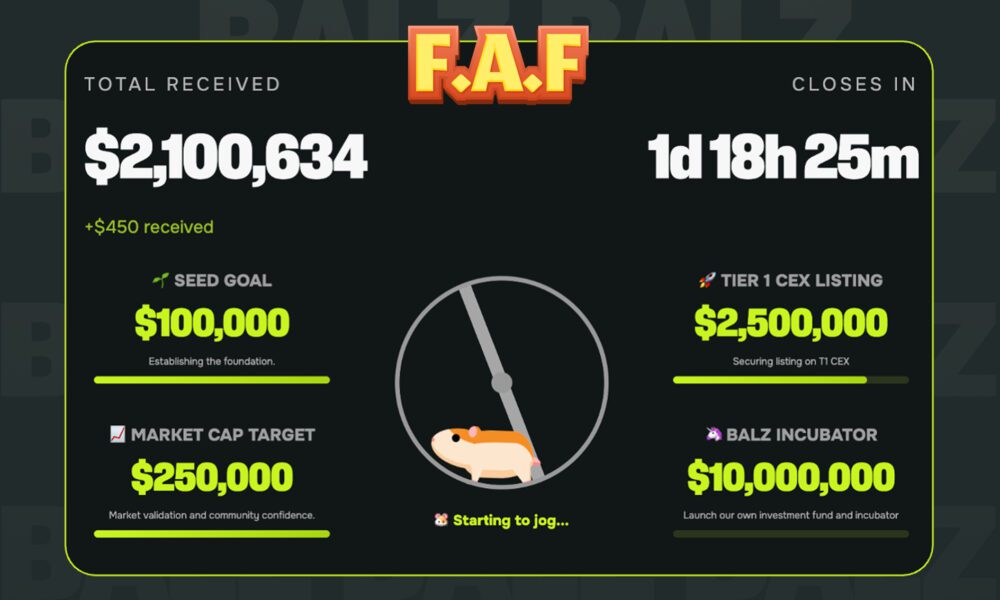GSA Search Engine Ranker is a handy tool that helps boost your website’s visibility on search engines like Google. While it comes with pre-set options, one of its coolest features is the ability to create your own custom engines. This lets you tailor your approach to fit your specific needs and target particular groups of websites.
So, what exactly are these custom engines? Think of them as special instructions you give the software to find and submit your links to specific types of websites. They’re super useful when you want to target sites that aren’t covered by the default options or when you need more control over where your links end up.
Getting started with custom engines is pretty straightforward. First, open up GSA Search Engine Ranker and go to the “Projects” tab. Look for the “Engines” section – this is where you’ll find all the available engines, including any custom ones you create.
Now comes the fun part – setting up your custom engine. You’ll need to give it a name and tell it what to search for. These search instructions are important because they determine which websites your engine will target.
Next, you’ll need to tell your custom engine how to submit links to the websites it finds. This means explaining how to spot submission forms or comment areas on these sites. It might sound tricky, but don’t worry – you’ll get better at it with practice.
One cool thing about custom engines is that you can use special codes called “extract patterns”. These help you extract data that GSA needs from html pages. It might seem a bit confusing at first, but once you get the hang of it, it can really improve how well your custom engines work. You should read the Script Manual and the Macro Guide in the official GSA Search Engine Ranker documents section for more information. If this all sounds like a headache or too much work, there are custom engines available from SERnuke, which offer everything you need to run the engines and scrape for targets, neatly packaged up and usable in GSA SER via a simple API key.
After you’ve set up your custom engine, it’s time to put it to work. Make sure to turn it on in your project settings, along with any other engines you want to use. You can also decide how often you want this engine to be used compared to others.
It’s a good idea to keep an eye on how well your custom engines are doing. GSA Search Engine Ranker gives you stats on how successful each engine is, so you can see which ones are working best. Don’t be afraid to make changes to your custom engines based on what you learn – tweaking things to make them work better is all part of the process.
Remember, the quality of the websites your custom engines target is super important. Try to focus on finding good, relevant sites in your area of interest. Avoid spammy or low-quality sites, as these can actually hurt your efforts to improve your search rankings.
As you get more comfortable with custom engines, you can try more advanced stuff. For example, you could create engines that look for specific types of content, like pictures or videos, or engines that focus on websites from certain countries.
One last tip: keep up with changes in how search engines work and what’s considered good practice in the world of search engine optimization (SEO). Things in this field change pretty often, so updating your custom engines to keep up with these changes will help make sure your work stays effective.
To wrap it up, custom engines in GSA Search Engine Ranker are a great way to improve your website’s search engine rankings. By taking the time to create well-thought-out custom engines, you can really boost how effective your SEO efforts are. So why not give it a shot? With some practice and experimenting, you’ll be creating custom engines like a pro before you know it.



































